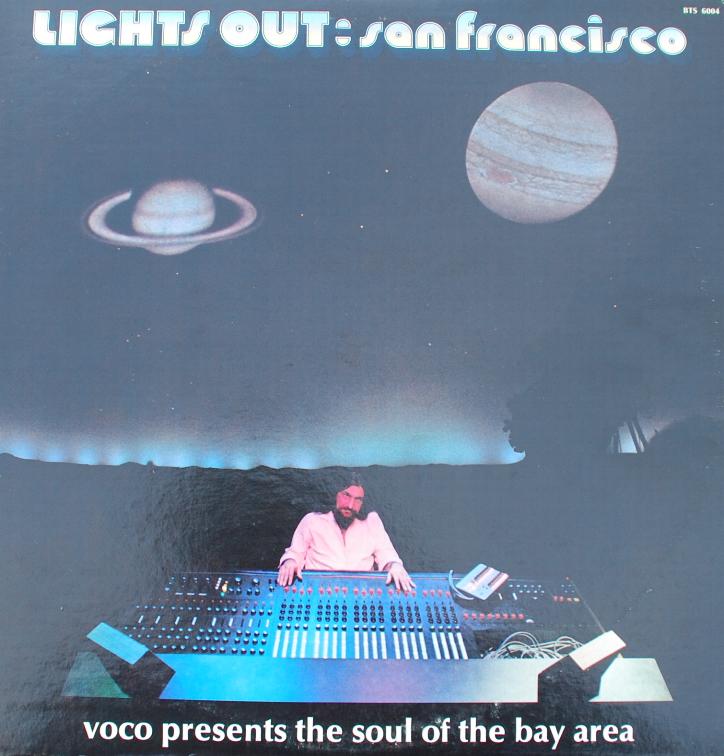

According to Ha Jung Jae, this signifies being reborn after erasing everything and dying, with the last VCR “Re Born” as the turning point. After performing “AMYGDALA”, the last song before the encore, SUGA collapses on stage and is carried away by his dancers. Ha Jung Jae said that the setlist composition from “Haegeum” to “The Last” represents a process of reaching from D-100(%) to D-0(DAY), explaining that “if the opening act is at 100%, as in it is perfectly produced, things get closer to “zero (O)” towards the end of the show.” According to Lee Byung Eun, this is why spectacular and eye-catching performances like “Daechwita” are placed at the beginning of the show, “to keep the tension as high as possible without giving the audience a break.” As the performance heats up with the second VCR “Kill Them All” and “after the stage created for the show and the many personas that SUGA had created in the past all burn down,” the flow transitions into the one that showcases his voice and determination. BIGHIT MUSIC’s A&R 1 Team Leader Shin Daye, who planned the arrangement direction of the setlist, explains “although it was his first solo concert, he had enough repertoire to perform because he had already released three albums,” adding that the arrangement was directed to “make all songs flow organically” following the dramatic development. Ha Jung Jae says he put in efforts to select only the “absolutely necessary songs” and arrange them densely together in the setlist. “I wanted to make a two-hour show that flowed organically from start to finish like a single, cohesive entity,” says SUGA. The grand finale of this long journey will be the encore shows scheduled for August 4-6 at Seoul’s KSPO Dome. “The arenas I’ve visited during the tour are places I’d been to at least once before, so it brings back a lot of memories.” says SUGA, adding, “I felt a strong sense of how well we’ve been doing for a long time”.

#Lights out tour m professional#
Ha Jung Jae, Lead Professional at the HYBE 360 Concert Production 1 Studio, the group that directed the concert, said the main advantage of performing in an arena is being able to get closer to the audience, adding that, “indoor arenas with a ceiling allowed for a different type of performance (compared to previous BTS performances). About the demanding schedule of touring ten different cities in a limited time, BIGHIT MUSIC’s head of Performance Directing Team 1 Lee Byung Eun, who directed the show’s performance and choreography, said that it reflected “almost 90% of will” to “continue on with the flow.” The tour holds significance as it marks SUGA’s return to arena-sized venues after a long period of performing in stadiums as a BTS member. Despite the tight schedule involving flying between multiple cities in a short span of time, SUGA added an additional show in both Bangkok and Singapore, managing to perform three shows per week in each of his tour stops in Asia. The tour concluded with two shows in Seoul June 24 and 25, successfully completing a total of 25 shows in 10 cities.

He successfully completed 11 shows in 5 cities across North America before returning to Asia to hold 12 more shows in Jakarta, Kanagawa, Bangkok, and Singapore. SUGA kicked off his tour with a two-day concerts in New York on April 26 and 27.


 0 kommentar(er)
0 kommentar(er)
